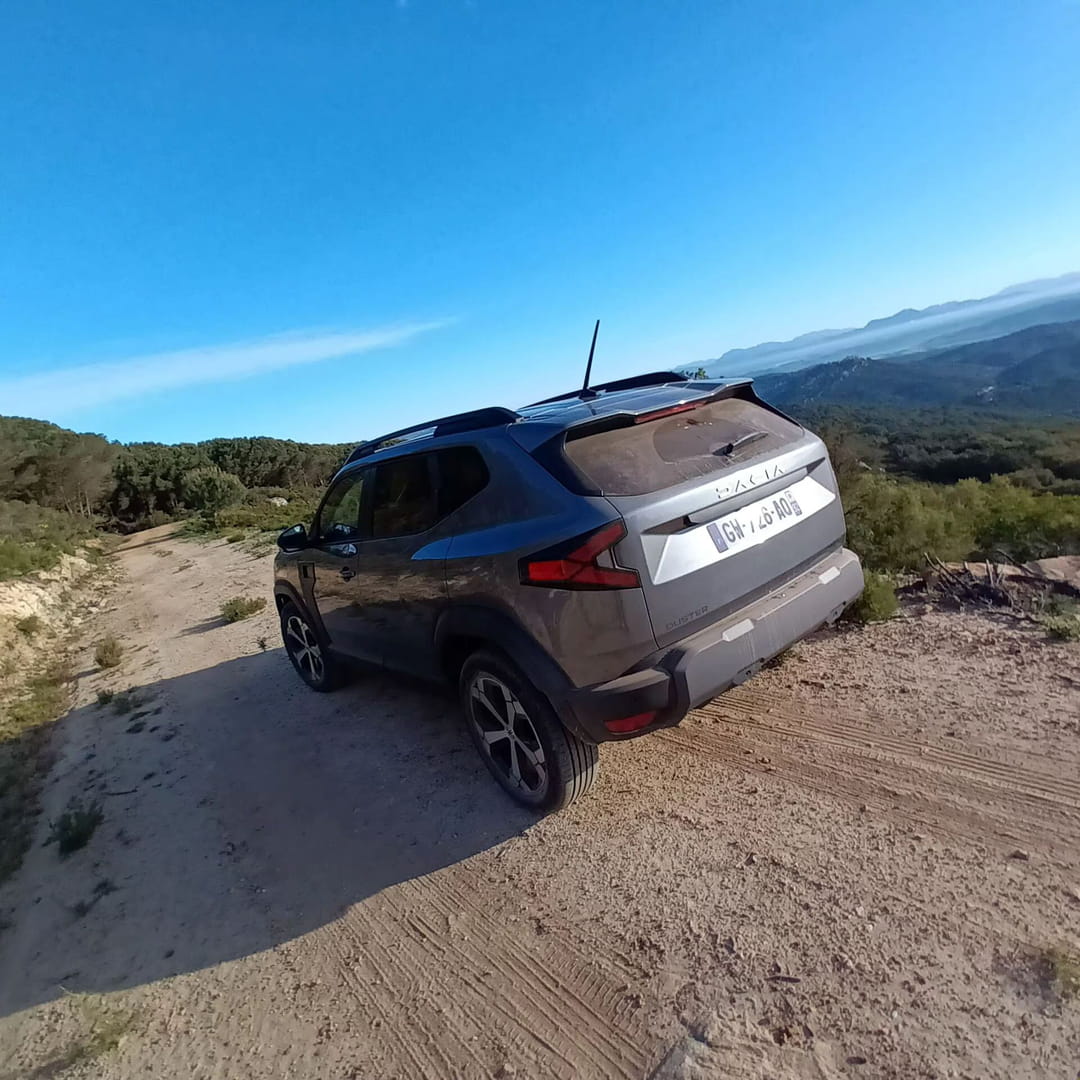Dacia is preparing a revolutionary engine, with great savings on the horizon for its drivers

A small revolution that could change the daily lives of many motorists. Dacia, champion of mass-market car models, is preparing the launch of a new engine called Hybrid-G 150, capable of running on three energy sources: gasoline, LPG (liquefied petroleum gas), and electricity. A cocktail that promises economic and ecological benefits, while offering a more pleasant drive. The first to benefit? The Duster, one of the brand's best-sellers, and the Bigster, the new family SUV, starting at the end of 2025!
At the heart of this innovation is a 1.2-liter, three-cylinder, 48-volt, micro-hybrid turbocharged engine, already present in the Dacia range and more generally in the Renault galaxy. It integrates a 16-horsepower electric generator, while a 37-horsepower electric motor is attached to the SUV's rear axle, strengthening its off-road capabilities, which the Romanian manufacturer is so fond of. Dacia announces a combined power output of 154 horsepower for this new engine, which is quite decent for a family vehicle.

But the innovation doesn't stop there: this engine accepts dual-fuel gasoline/LPG. As a result, with its two 50-liter tanks, the range climbs to 1,500 km—a stunning performance compared to all-electric cars and even superior to many hybrids. In terms of fuel consumption, the brand announces 5.5 l/100 km for gasoline and 7.1 l/100 km for LPG, knowing that the cost of LPG is less than one euro at the pump. That's a great way to save money!
The engine is paired with a modern, six-speed dual-clutch transmission with paddle shifters, ensuring a smoother, more responsive ride. The 48-volt battery, which allows for micro-hybridization, recharges itself by recovering energy during braking and provides a welcome boost during acceleration.
With the Hybrid-G 150, Dacia remains true to its philosophy: offering accessible, practical, and economical cars for everyday use. After the Duster and Bigster, other iconic models like the Sandero and Jogger are expected to benefit from this launch in 2026. This will further strengthen the appeal of the Romanian manufacturer, which continues to thrive in a rather sluggish automotive market.
L'Internaute





